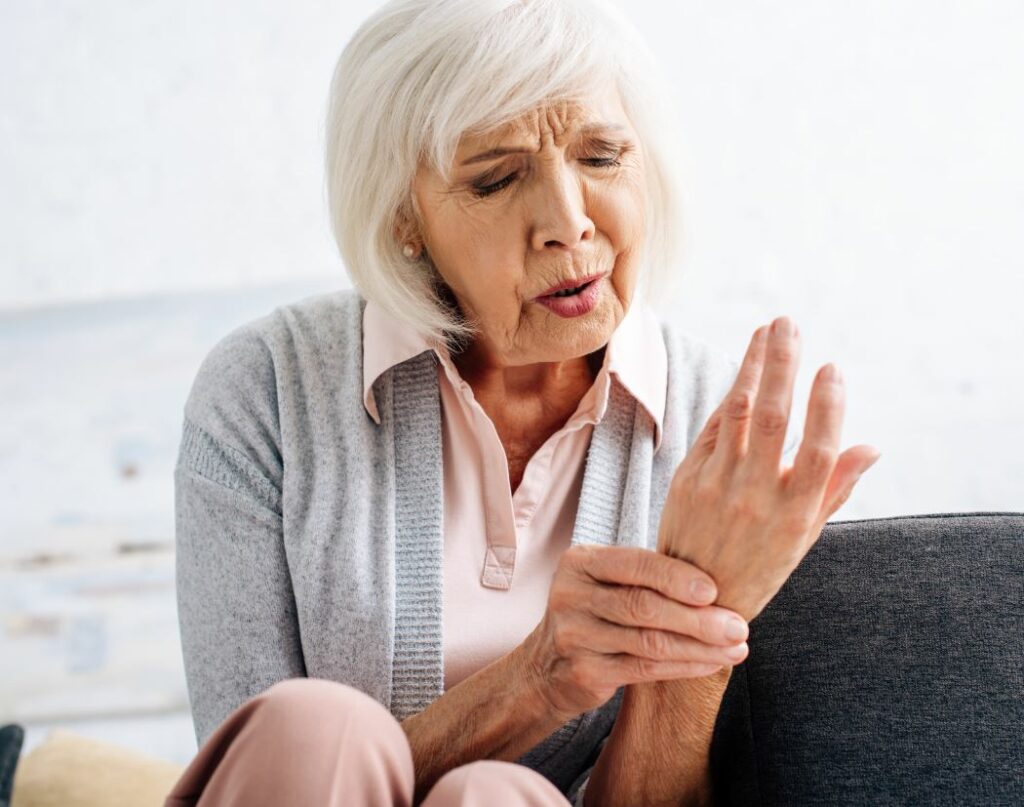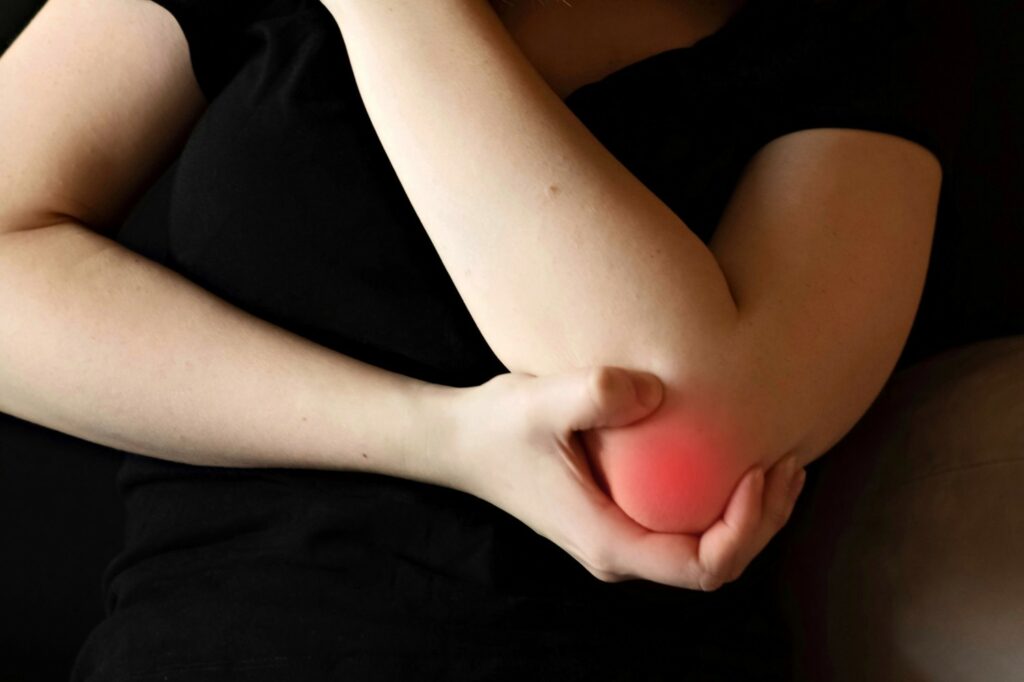Do you experience pain in your knees, toes, hips, wrist, fingers and other joints for no evident reason? Then, chances are you have arthritis. Arthritis is a common health issue characterized by inflammation of one or more joints. Living with arthritis can be an everyday challenge as it causes permanent changes in joints. In our article, we will discuss how to manage arthritis symptoms but first, let us acknowledge ‘what is arthritis’?
What Is Arthritis

Arthritis means inflammation of joints. It is a rheumatic condition that informally referred to as joint diseases and not any single disease. More than a hundred types of arthritis and other related conditions affect joints and surrounding connective tissues. The commonest form of arthritis is osteoarthritis. Other common rheumatic conditions are gout, rheumatoid arthritis and fibromyalgia.
What Are The Symptoms Of Arthritis?
The common symptoms of arthritis are joint stiffness, pain and swelling around the joints. There is a decrease in the range of motion. Due to inflammation, the skin around the joints become red. Many people complain of worsening of symptoms in the morning. Those suffering from rheumatoid arthritis experience tiredness and loss of appetite. In addition, in the case of rheumatoid arthritis, they may be anaemia and slight fever. If left untreated rheumatoid arthritis causes joint deformity.
What Causes Arthritis

Our joints are protected by a flexible connective tissue known as cartilage. The cartilage absorbs the shock and pressure that is created and prevents injury to bones and joint. Unfortunately, with age and due to certain diseases, there is a reduction in the normal amount of cartilage, resulting in arthritis.
Osteoarthritis, a common rheumatic condition, is degenerative and is caused due to normal wear and tear. In addition, an injury or an infection may fasten the breakdown of cartilage.
Rheumatoid arthritis is an autoimmune disease where the body immune system starts attacking the soft tissues known as synovium that produces (a fluid that nourishes the cartilage and keeps the joints lubricated). Eventually, there is the destruction of cartilage and bones.
Another common arthritis, gout, happens due to the deposit of uric acid crystals in your joints.
Risk Factors For Arthritis
Arthritis may run in families. If parents or siblings have rheumatic conditions, you are more at risk of developing it. The risk of many types of arthritis, such as osteoarthritis, increases with age. Female are more likely to develop rheumatoid arthritis. On the other hand, gout is more common in men. Previous injury to the joint may eventually lead to arthritis. Obesity also increases the chances of developing the rheumatic condition as you carry extra pound that increases pressure over the joint, specially the knee joint.
Management Of Arthritis
The primary aim of arthritis treatment is to reduce pain, prevent further damage to the joints and improve joint function. Your health care provider will prescribe certain medications and Physical therapy to strengthen the affected muscles around the joints if required surgery is advised.
Lifestyle changes that help people with arthritis include Weight loss, eating a healthy diet rich in antioxidants to reduce inflammation and Practice regular exercises to keep your joints flexible.
Practice yoga and exercises only under the guidance of an experienced trainer. Avoid exercises that put pressure on your joints. Avoid overexerting.
Home Remedies For Arthritis
Home remedies for arthritis alternative to the contextual medicines prescribed by the doctor but effective in relieving the symptoms.
Top 5 Arthritis Home Remedies

Heat and Cold Therapy – Hot and cold therapy stimulates the body’s healing process. Heat therapy improves the blood circulation, dilates the blood vessels and reduces muscle spasm. For heat therapy, use heating pads or a heated washroom.
Warm bath may also help. Cold therapy, on the other hand, constricts the blood vessels and reduces swelling. In addition, it numbs the deep pain. You can use ice packs or a pack of frozen peas for cold therapy.
Before cold heat therapy, protect your skin with a thin towel to prevent burning or chilblains. After cold or heat treatment, move the arthritic joint gently to reduce stiffness.
Turmeric milk – Turmeric is rich in curcumin with anti-inflammatory properties and is good in dealing with rheumatoid arthritis.
To a glass of milk, add a teaspoon of turmeric powder. Mix well and drink every day before going to bed.
Epsom salt – Epsom salt contains magnesium that balances the body’s pH level and prevents inflammation. In addition, Epsom salt relieves pain and relaxes muscles. Add two cups Epsom salt to bathtub filled with water. Soak yourself in it for about 15 to 20 minutes to relieve pain.
Borage oil – Borage oil owes anti-inflammatory property and relieves tenderness and swelling of joint.
Massage the affected area gently with borage oil every day.
Fenugreek seeds – Due to its healing and anti-inflammatory, fenugreek seeds is popular home remedy for arthritis. It is rich in antioxidants and promotes healing of joint.
Consume finely grounded fenugreek seed powder with lukewarm water early in the morning, empty stomach every day.
I hope our article answered your questions about what is arthritis and how to manage rheumatic conditions. If you have any related query, add to the comment section.
Arthritis is inflammation of joints. Management of arthritis includes pain-relieving medicines, physical therapy, hot and cold therapy and anti-inflammatory foods.







